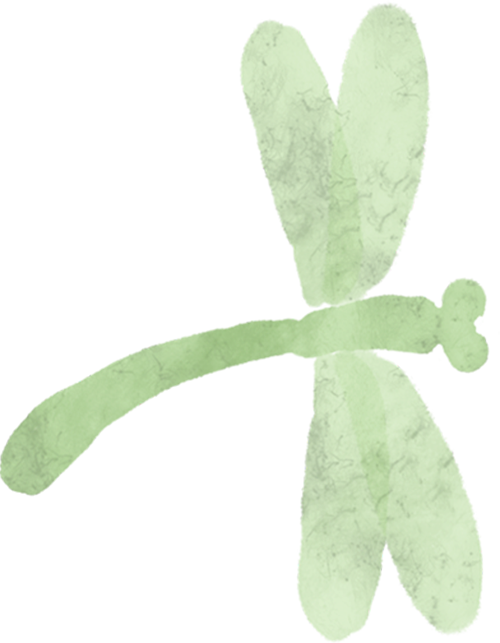
Gift to Readers

Conducting scientific research involves a profound system of thought, requiring researchers to be logical, meticulous, and earnest. However, effort alone is not enough; often leveraging resources is more important than sheer hard work. Additionally, one must have innovative and inspirational points that look up to the stars. It is recommended that readers browse in order according to the directory to avoid suddenly falling into a dark maze without finding their way back. This may not reveal all the answers to your questions, but if it can clarify the clouds of doubt rising in your heart, it may create a splendid sunset view. If it brings you a storm in your spiritual world, then take the opportunity to brush off the dust that has settled on your ‘lying flat’ state.
Perhaps, after the rain, the sky will be clearer…
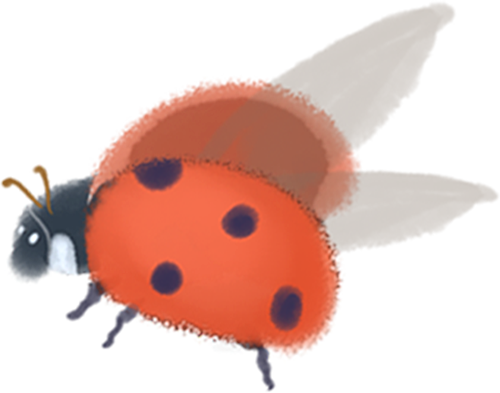


01

Overview


In recent years, with the worsening of the environment and resource shortages, renewable energy has received increasing attention. Wind energy, as a form of renewable energy, has advantages such as low pollution emissions, low power generation costs, and widespread resource distribution compared to traditional thermal power generation. In today’s society, where energy and environmental issues are becoming increasingly prominent, wind power generation is receiving more and more attention, and more scholars are dedicated to the research of wind power generation. Early wind power generation mainly used constant speed and constant frequency wind turbines, which are characterized by simple structure, high reliability, and easy maintenance, leading to widespread application. Constant speed and constant frequency wind turbines generate power through induction generators, absorbing a certain amount of reactive power while delivering active power.
The main equipment for wind power generation is the wind turbine. From the perspective of energy conversion, a wind turbine consists of two main parts: the wind turbine, which converts wind energy into mechanical energy, and the generator, which converts mechanical energy into electrical energy. Wind turbines generally consist of major components such as the rotor, gearbox, generator, yaw mechanism, control system, and tower. There are many types and forms of wind turbines, but since the main component that converts wind energy into mechanical energy is the rotor, which rotates under the action of wind, wind turbines can be broadly classified into two categories based on the structure of the rotor and its position in the airflow: horizontal axis wind turbines and vertical axis wind turbines.




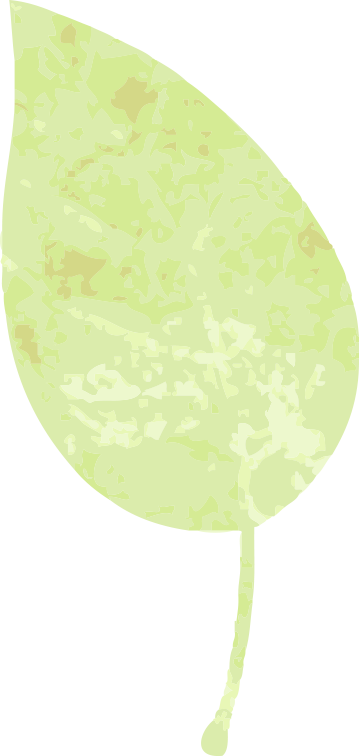
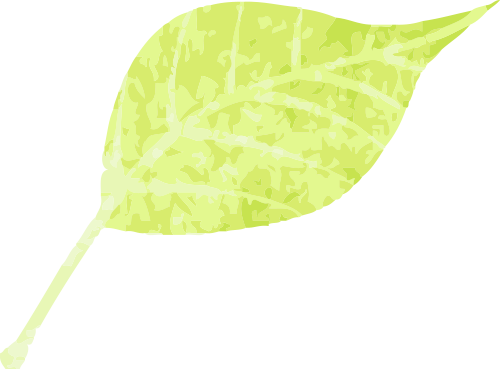


02

Operating Results

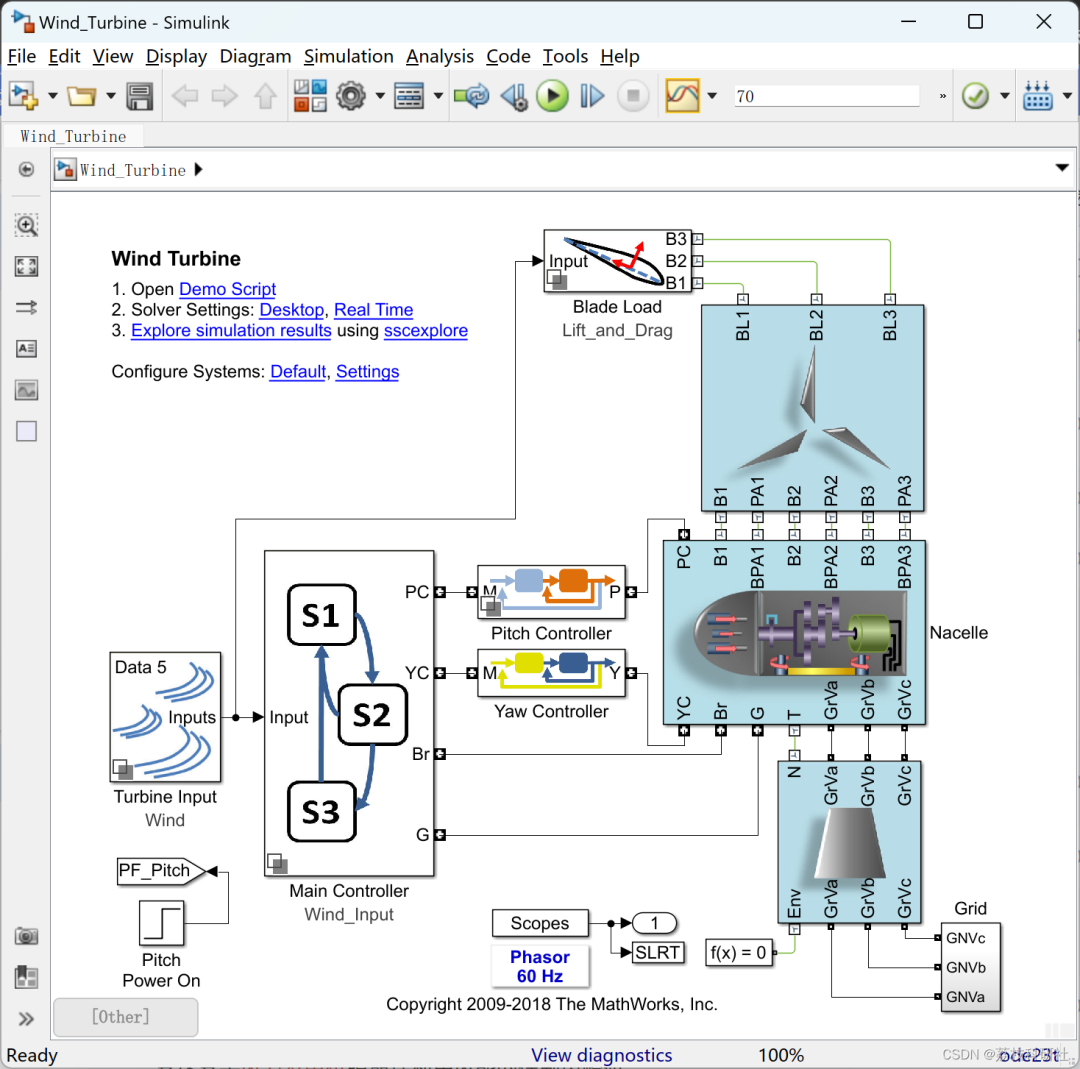
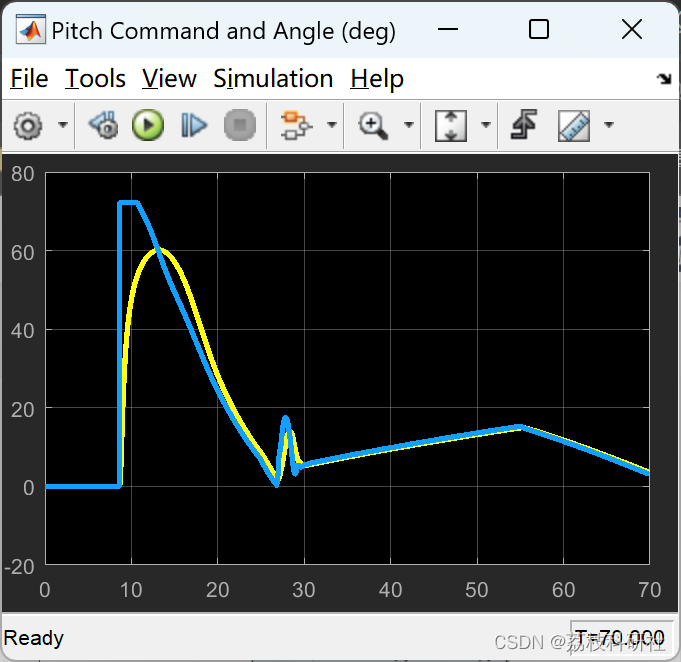
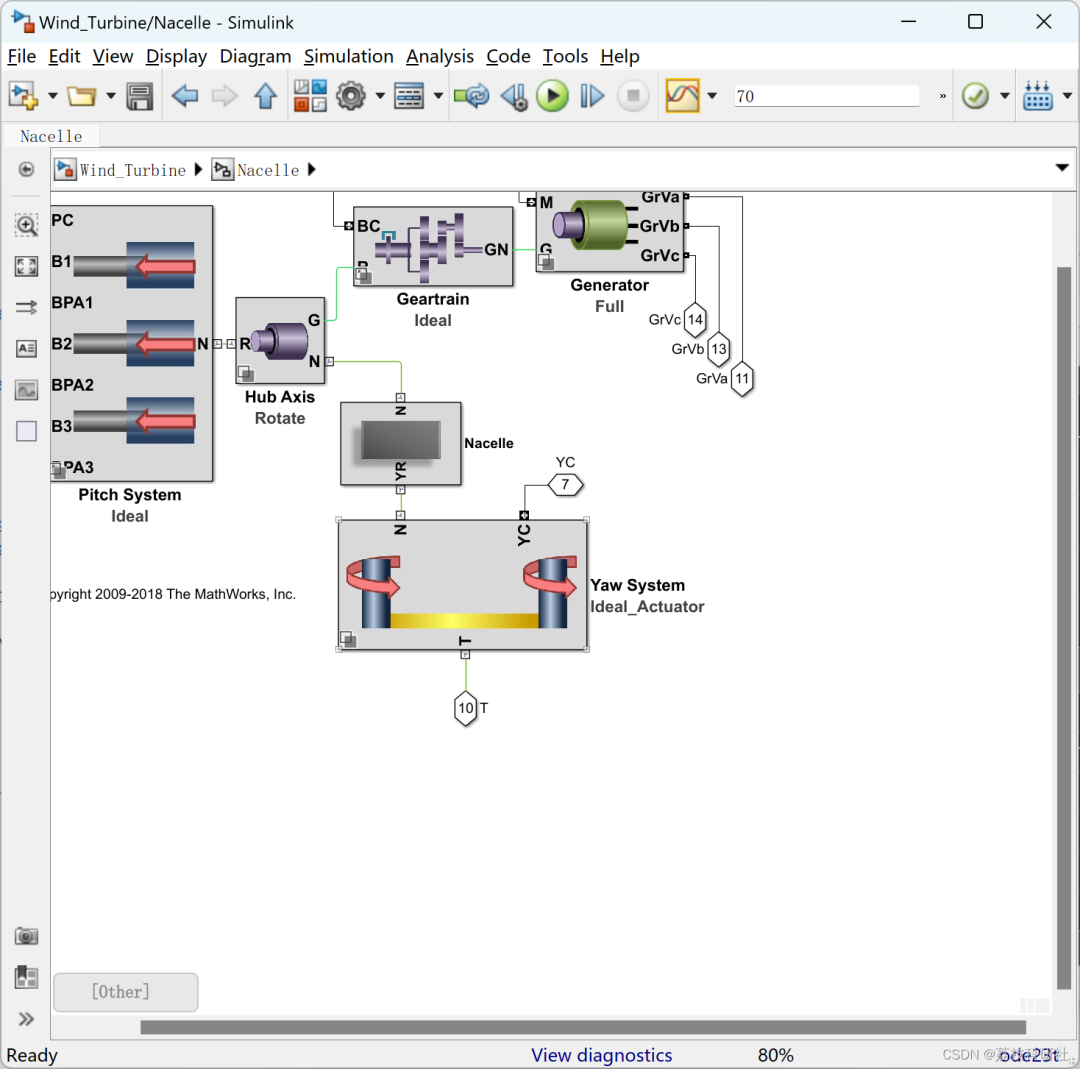
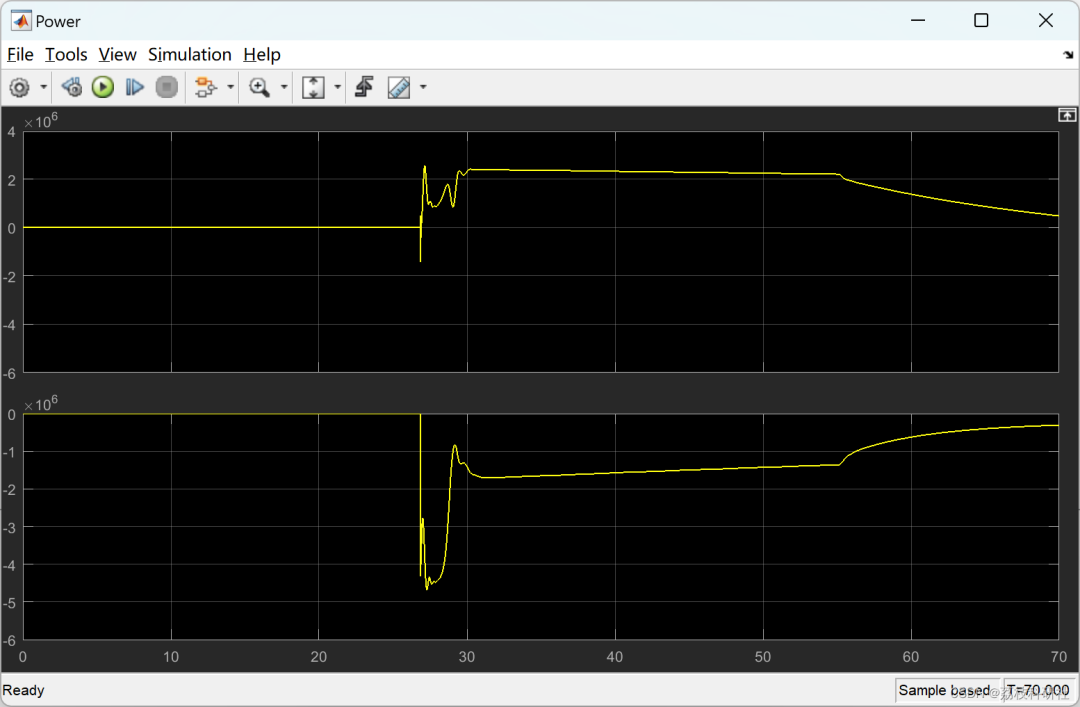
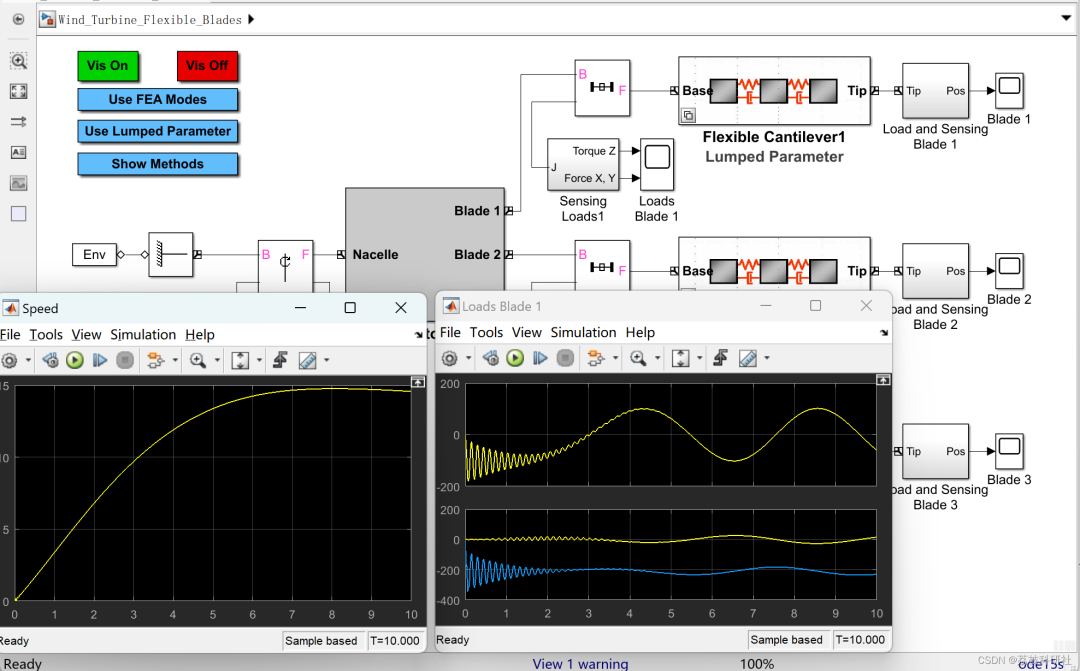
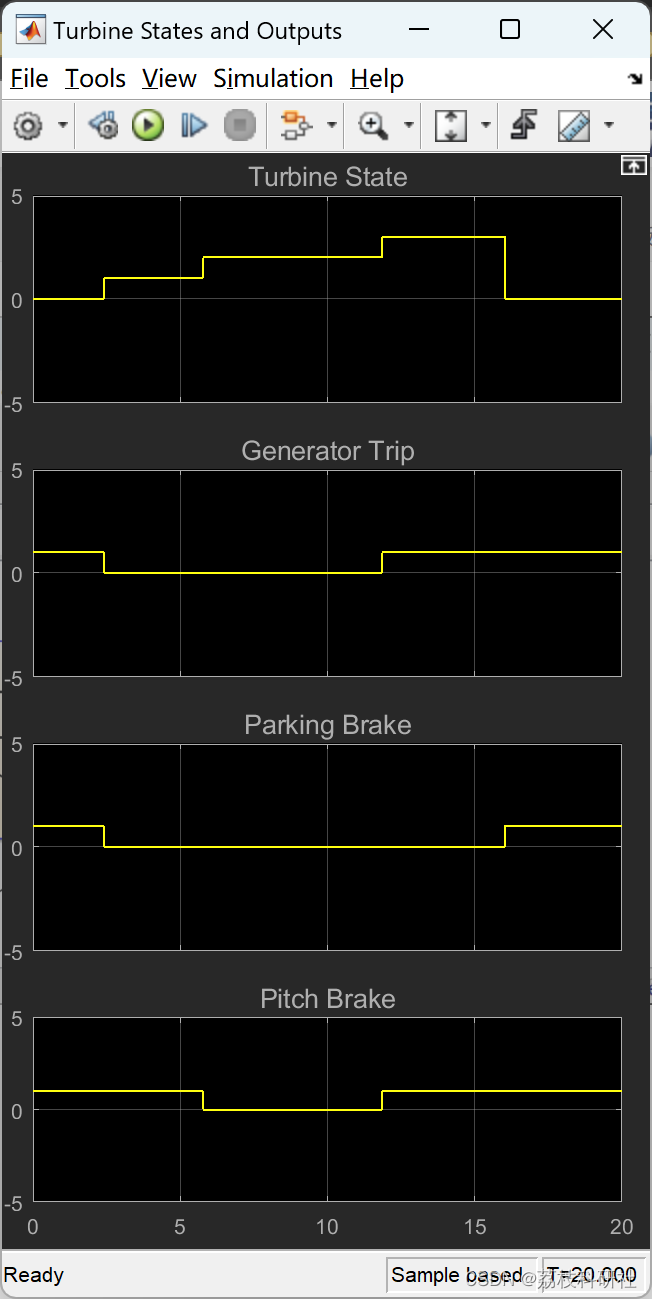






03

Partial Code

addpath([pwd filesep 'Libraries' filesep 'Pitch_Actuation']);
addpath([pwd filesep 'Libraries' filesep 'Pitch_Controller']);
addpath([pwd filesep 'Libraries' filesep 'Tower']);
addpath([pwd filesep 'Libraries' filesep 'Yaw_Actuation']);
addpath([pwd filesep 'Libraries' filesep 'Yaw_Controller']);
addpath([pwd filesep 'Scripts']);
addpath([pwd filesep 'Scripts' filesep 'Slide_Prep']);
addpath([pwd filesep 'Reports']);
addpath([pwd filesep 'Images']);
addpath([pwd filesep 'Images' filesep 'Nacelle']);
addpath([pwd filesep 'PCT']);
if(exist(['Libraries' filesep 'Environment'])==7)
cd(['Libraries' filesep 'Environment']);
if((exist('+AerodynamicLoads')==7) && ~exist('AerodynamicLoads_Lib'))
ssc_build AerodynamicLoads
end
cd(WT_HomeDir)
end
% Testing for generated code
if(exist(['Libraries' filesep 'Pitch_Controller' filesep 'PCG'])==7)
addpath([pwd filesep 'Libraries' filesep 'Pitch_Controller' filesep 'PCG']);
cd(['Libraries' filesep 'Pitch_Controller' filesep 'PCG']);
startup_Pitch_Controller_PCG
cd(WT_HomeDir)
end
Wind_Turbine_Parameters
load Actuator_Lookup_data
04

References


Some content in this article is sourced from the internet, and references will be noted or cited as references. There may be omissions, and if there are any inaccuracies, please feel free to contact us for removal.
[1] Bi Hongxu, Li Wendi, Fang Wen. Simulation Research on General Model of Direct Drive Wind Turbines [J]. Electrical Switch, 2016, 54(03): 88-92+96.
[2] Sun Yan, Yu Hailong. Research on Simulation Model of Doubly Fed Wind Turbine Based on MATLAB/SIMULINK [J]. Equipment Manufacturing Technology, 2015(02): 1-4.
[3] Wang Xincheng. Design of Vertical Axis Wind Power Generation System Based on Matlab/Simulink [D]. Xiamen University, 2008.








05

MATLAB Code | Simulink Download
